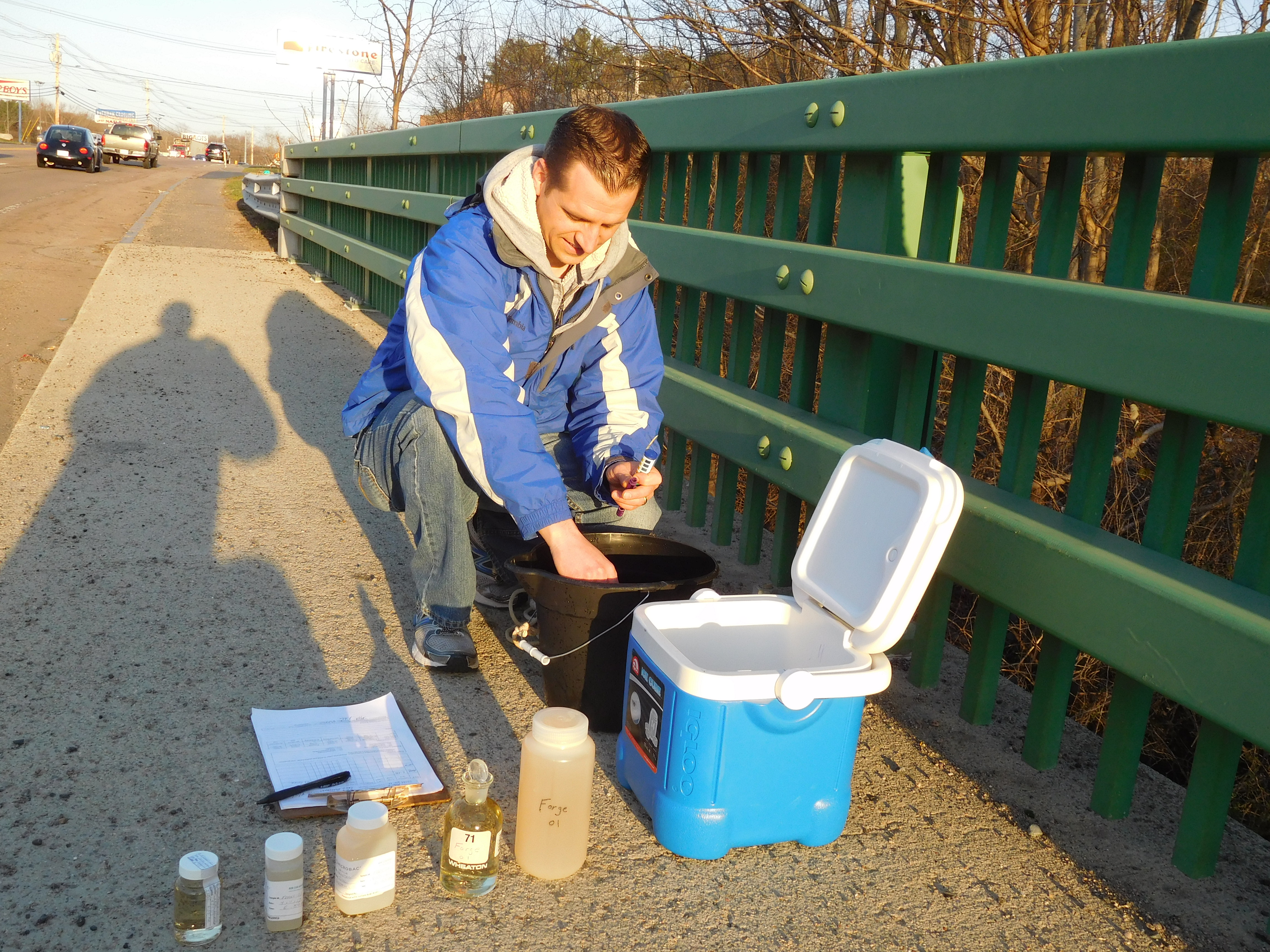The June monitoring results for nitrate and total phosphorus two important nutrients affecting watershed water quality and bacteria (enterococci bacteria) used to assess swimming safety have been posted on the Water Quality Monitoring Results page of the website.
When TRWA sampled on June 18th the river flows were still high so we are far from summer peak stress conditions for nitrate and total phosphorus concentration. Despite the high WWTP dilution we saw some high nitrate levels below the Brockton WWTP (Matfield River and upper Taunton River) and below the Taunton WWTP (Taunton River at Berkley Bridge). Levels of total phosphorus were also borderline high at these locations..
The most interesting results are the high enterococci bacteria results measured throughout the watershed. We switched from fecal coliform to the newer enterococci bacteria indicator in May of this year. The May and June results seem to indicate that this indicator is more sensitive than the fecal coliform test we used in the past. The high results may be due to stormwater runoff indicating we need to do a better job managing stormwater in the watershed considering all the rain we have had.
It will be interesting to see what the enterococci results show during dryer weather this summer.

